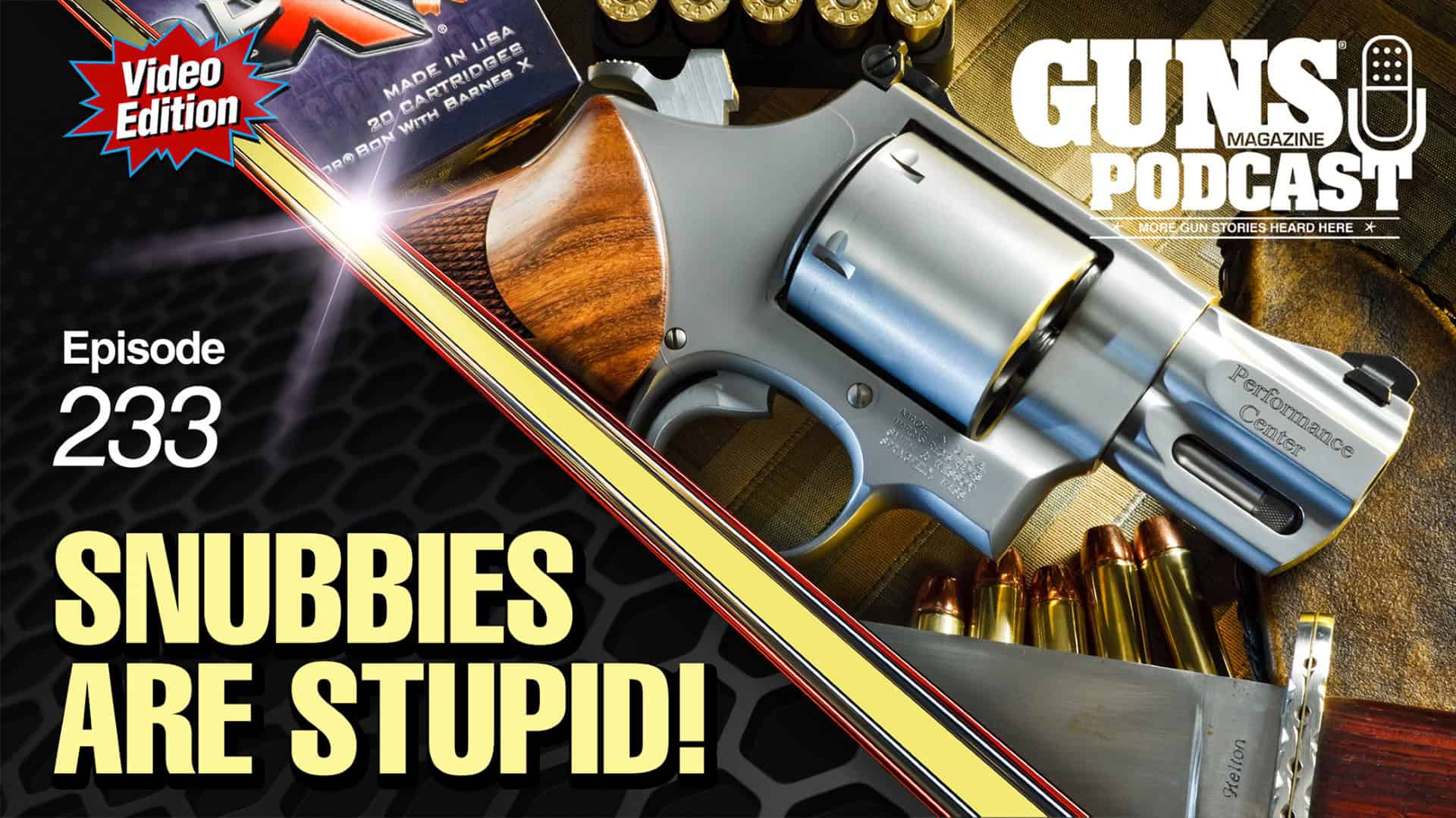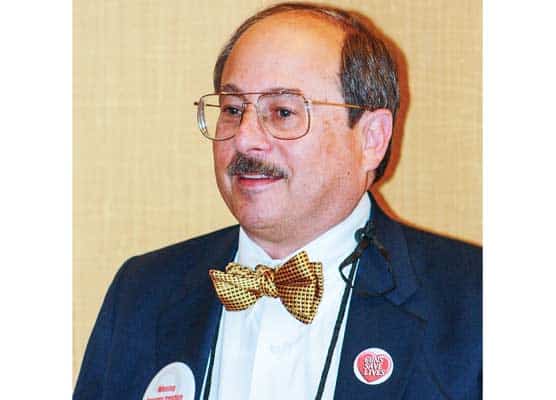Guns Of The Rising Sun
A Survey Of Imperial Japan's World War II Small Arms
For 70 years Japanese firearms used in World War II have been denigrated. For example: a German K98k 8mm in good condition with all matching numbered parts will sell for about two grand. A comparable Japanese Type 38 6.5mm will sell for a few hundred bucks. A 9mm German Luger in good condition made during the 12-year Nazi era sells for thousands. An 8mm Japanese Type 14 pistol sells for hundreds.
Without doubt, as the war turned against Japan, shortages of raw materials—plus a relatively small manufacturing base coupled with an increasing demand for more weapons—caused the quality of most Japanese firearms to decline.
However, those made prior to their attack on Pearl Harbor—and for a time afterward—were of excellent quality. In my opinion, a factor that blighted Japanese weapons’ reputations was in the 1950’s and early 1960’s when most Japanese items imported for sale in America were considered poor quality junk.
From a practical standpoint, Japanese firearms were sometimes poorly designed. For instance, on Col. Nambu’s Type 14 pistol, the bolt stays back after the last round is fired. But it is held back solely by the magazine which results in significant effort required to pull the empty magazine free. When it does come free, the bolt slams shut! The user must then insert a fresh magazine, retract the bolt and release it to chamber another round. In a combat setting, those types of shenanigans could be fatal.
There were other Nambu-designed pistols used in combat. One was the Type 94 (also an 8mm). Another is called by today’s collectors the “Papa Nambu” because it is older and larger than either the Type 14 or Type 94. Some officers had “Baby Nambu” pistols in a 7mm caliber. Usually these Papa and Baby Nambus were personally owned.
Japan also fielded a single revolver. The Type 26 featured a double-action-only trigger mechanism and was chambered for the 9mm Japanese Revolver cartridge. These were handed out mostly to non-commissioned officers.
The Japanese military carried the tradition of sword fighting into World War II. Commissioned officers were usually issued handmade swords (NCO’s got factory-made ones). Both ranks carried them into battle. In my study of World War II history, I have seldom encountered oral history comments about Japanese officers and NCO’s engaging American soldiers or marines with handguns. But I have read many accounts of them using their swords.
Of the handguns, the Type 94 was issued to aviators and naval paratroopers. Army officers got the Type 14 as did army paratroopers. Japanese paratroopers dropped armed only with handguns and grenades. Their primary weapons were dropped simultaneously in padded canisters.
When they began a full-scale war with China in 1937 Japan’s basic infantry rifle was the Type 38. It had a 30-1/2-inch barrel and weighed about 9-1/2 pounds. Caliber was 6.5, featuring a 139-grain bullet at about 2,500 fps. Japanese infantry doctrine at the time (and for most of WWII) was troops should charge en masse and then use their bayonets to decide the issue. Against poorly armed and led Chinese troops, such tactics worked well. They did not work so well later against American GI’s and Marines.
Much of China is open terrain and the Japanese military felt the small 6.5 bullet did not carry well at distance. This caused the introduction of 7.7 Type 99 rifle with its 185-grain bullet at approximately 2,400 fps. The Type 99 had a 25-inch barrel and weighed about 8-1/2 pounds.
The actions of the Type 38 and Type 99 were both turnbolt, based on the Mauser concept. Each employed a 5-round box magazine. Both cocked on closing and both had the third locking lug of later Mauser 98’s. Something radically different from Mausers, however, were the safeties. Instead of a lever atop the bolt’s rear, safeties were a knurled knob. This seemed odd to me until seeing Clint Eastwood’s Letters From Iwo Jima where it shows a Japanese soldier turning his rifle’s safety with the palm of his hand.
Sniper Versions, Carbines
Sniper versions of both types were also issued. Their bolts were bent slightly and then non-adjustable scopes (mostly) were mounted to the left receiver rail. The theory behind this arrangement? Since Japanese soldiers had no background of rifle shooting, it was decided best if rifles and scopes were zeroed at the arsenal. This way common soldiers could not fiddle about with them in the field. Snipers had to memorize different points of aim with a complicated reticle. Scopes added about another 1-1/2 pounds to sniper rifles. An interesting fact concerning Japanese sniper rifles is their metallic sights were perfectly usable with the scopes mounted.
Japan also fielded two 6.5 carbines in substantial numbers. The Type 38 carbine was merely a shortened version of the Type 38 rifle. The barrel was 19-1/2 inches and weight was about 7-1/4 pounds. Like most military carbines, the Type 38 was intended for troops whose primary purpose was not fighting with a shoulder arm—such as those in artillery and machine gun crews.
Then there was the Type 44, which was developed for cavalry troops. It was merely the Type 38 with a barrel one inch longer and a permanently mounted folding bayonet. At approximately 9-1/4 pounds, the Type 44 is about the same weight as an M1 Garand.
A special purpose rifle the Japanese made in small numbers was a takedown version of the Type 99. The two halves were held together with a wedge (the extra metal fixtures add about a 1/2-pound to standard Type 99’s weight). You might not expect it, but my sample Type 99 takedown is just as accurate as my Type 99 sniper rifle.
There were design flaws in Japan’s service rifles as well. The rear sights on some Type 99 and Type 38 rifles are good examples. Their good point is they were aperture type. But they did have drawbacks—one being they were mounted too far down the barrel instead of close to the eye, where peep sights were meant to be.
Also, the protective “wings” on the front sights are straight up and down. If you try to acquire a sight picture quickly, it’s all too easy to mistake one of those wings for the sight blade itself. And finally, some Japanese ordnance officer decided Type 99 rear sights should have folding wings on both sides for determining lead when firing at low- flying aircraft. But they usually just allowed for snagging more foliage when walking through jungle.
There are four 7.7 and four 6.5 rifles, sniper rifles and carbines in my vault. I’ve shot them all with factory loads and handloads developed to duplicate factory loads. None are what would be termed exceptionally accurate—meaning they don’t group as well as, say, a Model 1903 or 1903A3 Springfield. However, I’ve found them to be on a par with most as-issued battle rifles of the same era.
Except for a “Baby Nambu,” I’ve owned all of the Japanese weapons mentioned herein, even an officer’s sword, so I do have experience in shooting them. I’ll briefly mention one last genre of WWII Japanese firearm with which I’ve had experience—light machine guns. Japanese forces fielded four: Type 11, Type 96, Type 99 and Type 92 (naval forces only). They were chambered in 6.5 for the first two, 7.7×58 for the third and 7.7×56 for the last.
I own examples of the Type 99 and Type 92. The Type 99 is merely the Type 96 remodeled to take the 7.7 cartridge. Both were also creations of Col. Nambu. The Type 92 was an American invention. Col. Lewis’ machine gun was rejected by the US Army, sold to the British and made by Birmingham Small Arms for World War I. The Imperial Japanese Navy bought rights to produce it around 1932. Their 7.7×56 cartridge is just another name for the .303 British.
My Nambu and Lewis LMGs have both fired more than 1,000 rounds each. Neither has had a stoppage or failure to feed. They were as good as most magazine-fed LMG’s used against them in World War II.
It is rather comical to read historians’ comments about the Japanese fielding “obsolete” small arms in World War II. With only a few exceptions, Japanese firearms competed well with those used against them.










